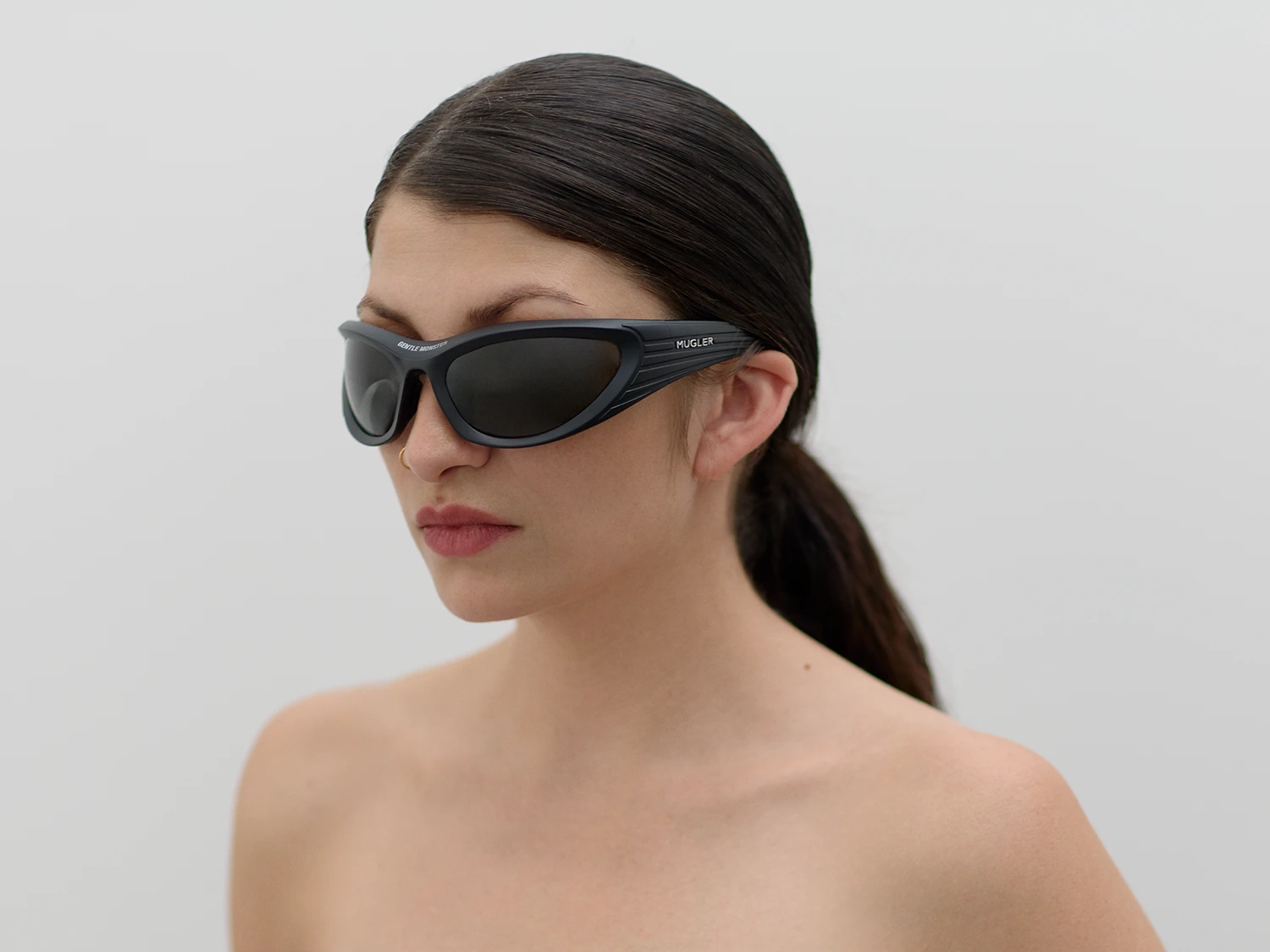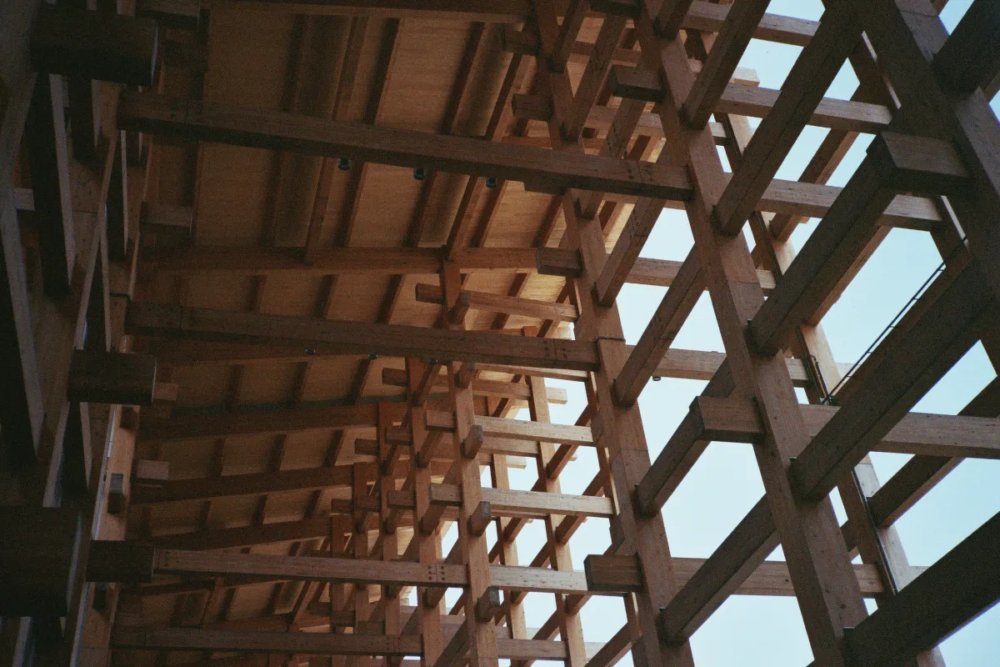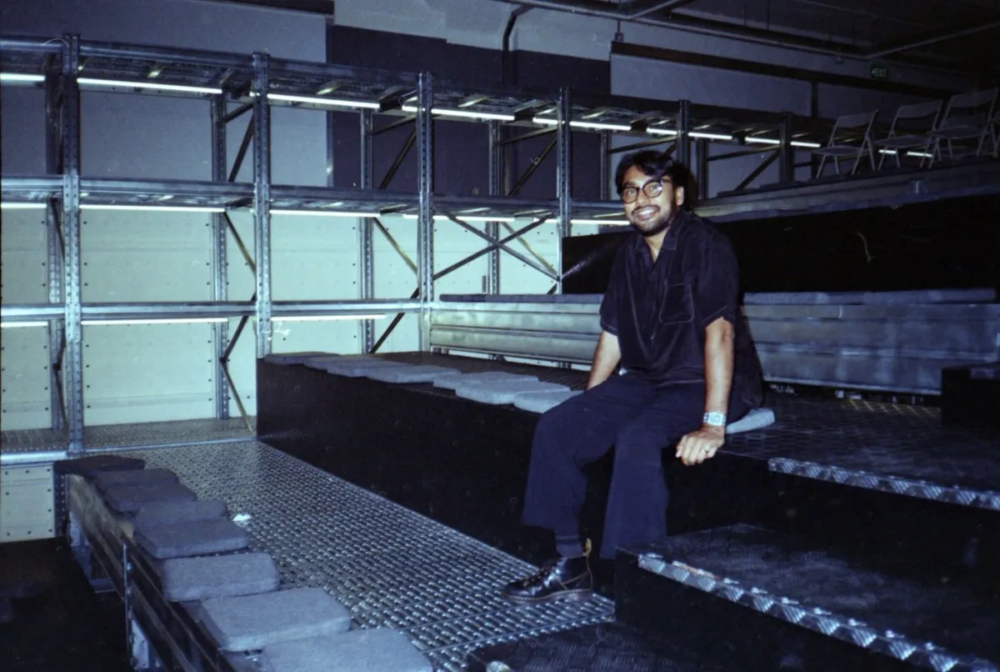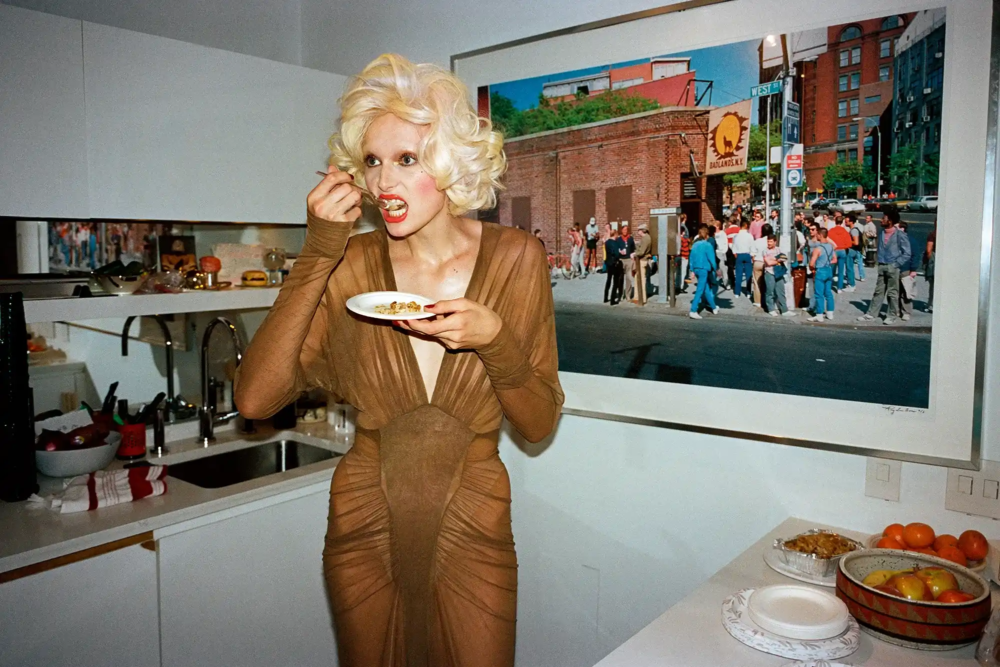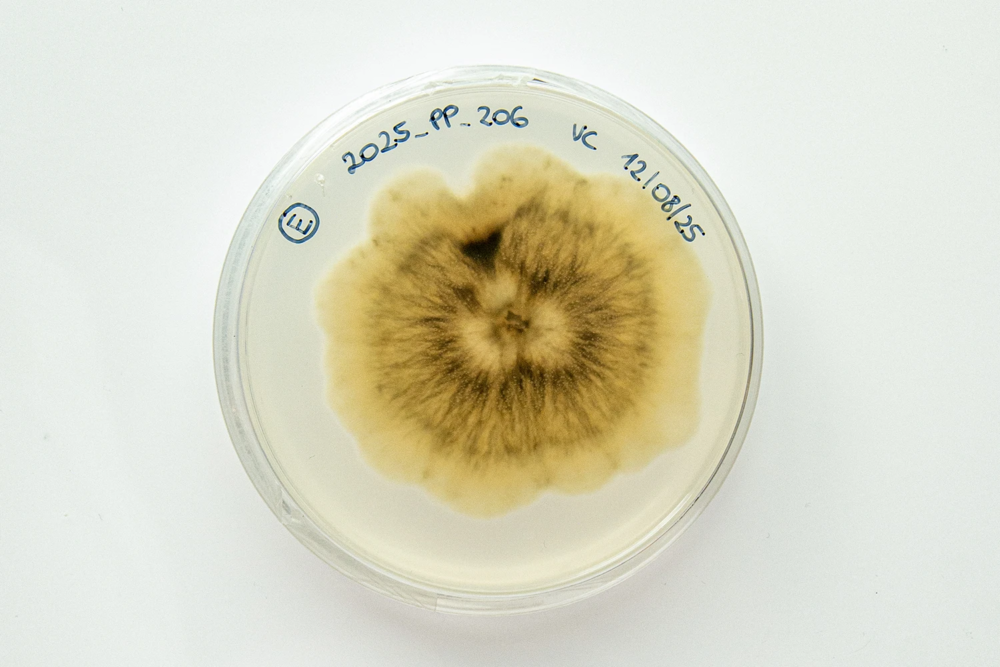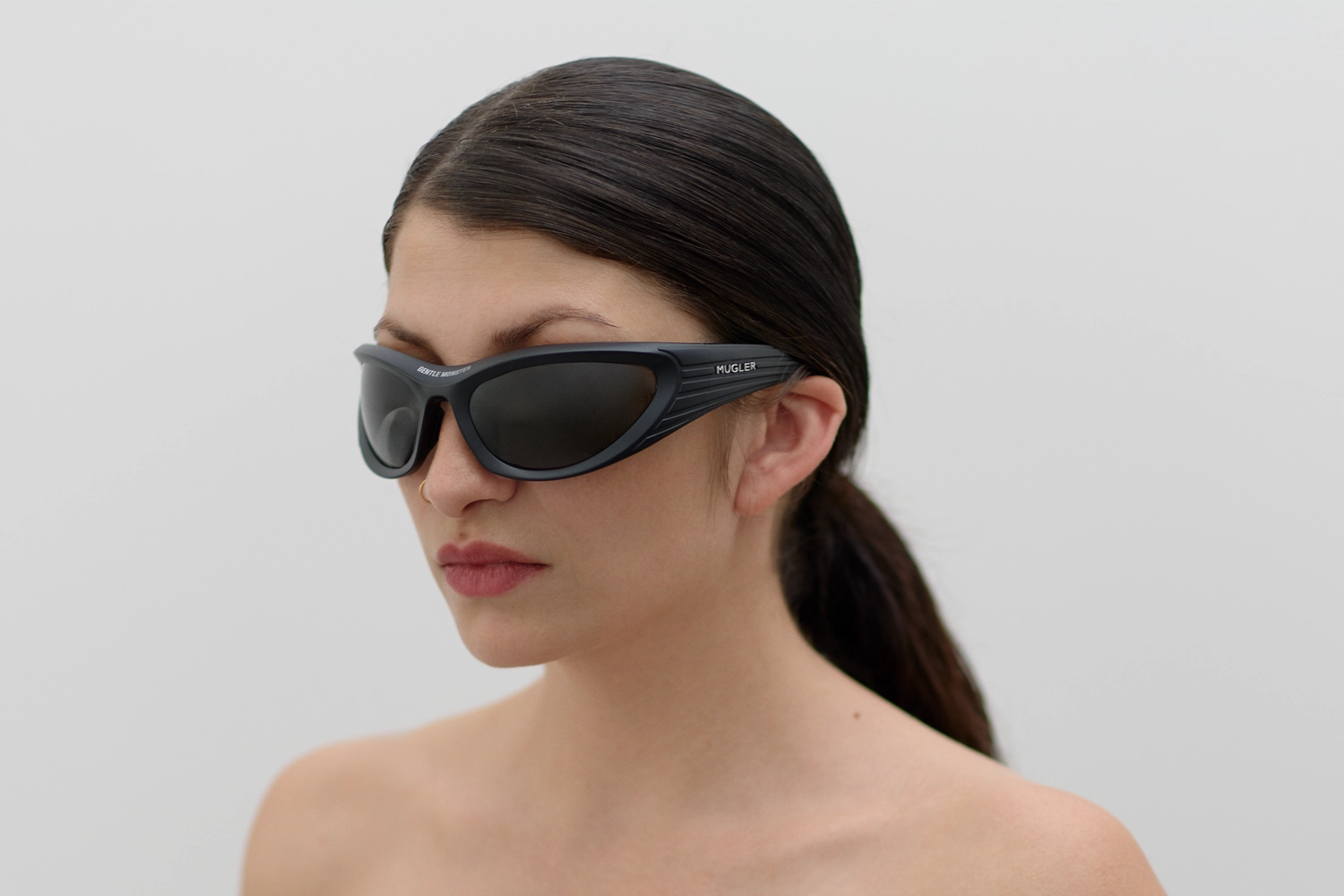
Selma Selman: my Dad’s Mercedes
I asked my family how much money they needed so that they wouldn’t marry me off: 11,000 euros – I sold some of my artwork and even my hair. I gave them the money, and my father bought a Mercedes
Art from the scrapheap: a life transformed into canvas
When the Bosnia-Herzegovina-born contemporary artist uses scrap metal from her father’s scrapyard, she’s not using a «dirty» or «worthless» object, she’s using an object that is part of her direct environment. When she paints on it, she’s projecting her own subjectivity while supporting her family financially. When Selma Selman looks for a process to recycle gold from discarded Central Processing Units (CPU), she’s also trying to find a means of emancipation for her community. The reality of a Roma woman who has been able to emancipate herself from the degrading gaze cast upon her, and from a reality that patriarchy and lack of money would have condemned.
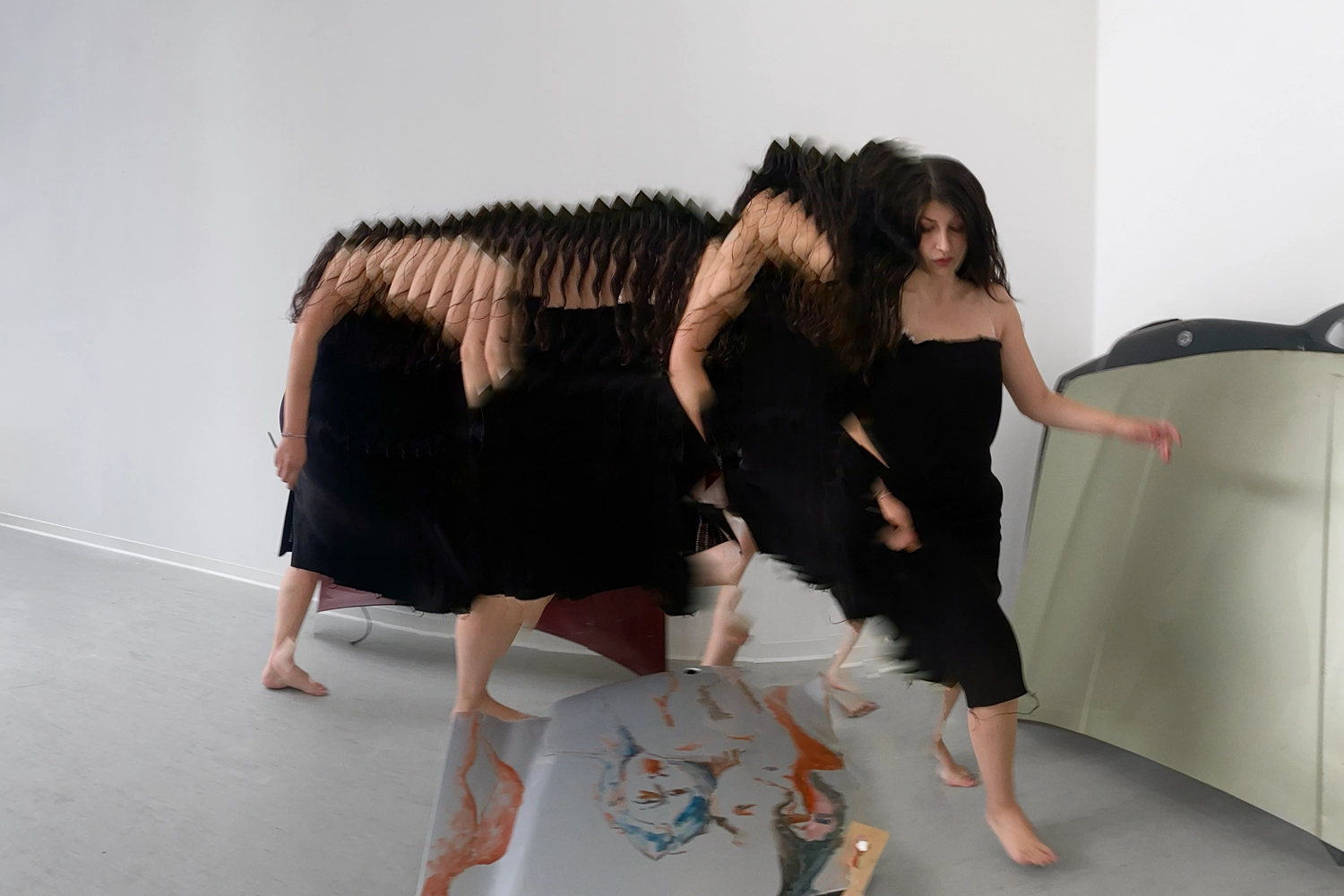
Selma Selman. I painted on my mother’s sheets. As they weren’t taut enough, my father suggested that I paint on metal sheets from his scrapyard. He gave me three small ones, on which I painted portraits of my family. Once the found object had been given to me, the performance had already begun.
When I was a student at the Academy of Arts at the University of Banja Luka in Bosnia-Herzegovina, I didn’t have enough money to buy white canvases. My work comes from the simplicity of life – looking at an object perceived as undervalued and that could become visually appealing. Apart from the paint I add, the object remains as it is, raw. I’ve kept this method ever since.
M.S. The subjects you paint refer to your intimacy – family portraits, impressions of everyday life, and wordplay. I sense vulnerability and exposure.
I had recognition at a very young age. My first solo exhibition occurred when I was seventeen. I painted up to ten pictures a day and they were sold to everyone in my hometown. My whole family lived off my paintings. This urgency to earn a living forged my character. What I experience today is no different, except for the scale.
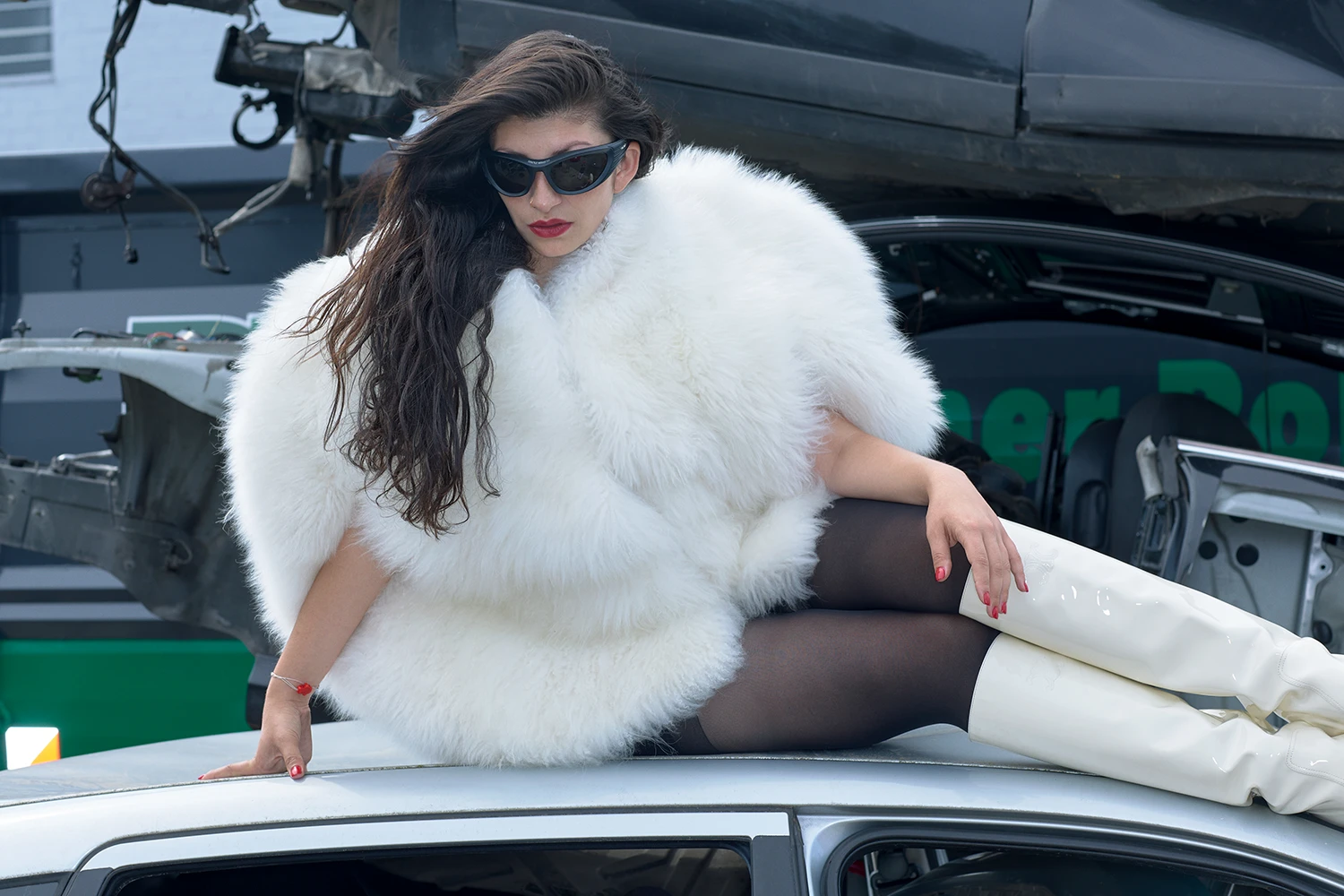
Selma Selman: Family, Vulnerability, and the Intimacy of Art
M.S. I Will Buy My Freedom When! is an ongoing project that started in 2014 with the will to buy your freedom from your parents. It must have shaken up value structures in your community.
Every time I went back to my village, my parents would ask me when I was going to get married. Guests would flock to my house to ask for my hand in marriage. The idea came to me
to use art to emancipate myself while helping my parents and other girls in a society where, without money or a husband, you have no perspective.
As raw as it may sound, that was my freedom. I proved to them that I could do it and that other paths were possible for women. My father changed from being patriarchal to being a feminist. This is perhaps my greatest achievement so far.
I use my example to show that it’s possible to emancipate yourself from a similar background, thanks to education. With my foundation, Get the Heck to School, I provide Roma girls with financial support to complete primary school. It is demanding to work with a community, with children from poor and precarious backgrounds. I’m aware that I’m still a young artist, not a humanitarian, and that my power has limits. I try to make them understand that Get the Heck to School is a helping hand that they have to turn into success on their own.

Selma Selman: I call myself an alchemist
MS. Coming to your art. More than the gold itself, it’s the knowledge related to the recycling process that appears most valuable. The reference goes to the medieval science of metal transmutation, known as alchemy.
I find value in the invisible. Platinum (2021) is a performance in which I made a small, jewel-sized platinum axe by recycling the dust from the catalytic converters of seven cars.
The result of Motherboards (2023) is a gold nail made by recycling gold from the central processing units (CPUs) of disused computers. Both projects are the outcome of years of research and collaboration with scientists. The gold that makes up the nail, which symbolizes the invisible but essential part of a structure, was recycled without using environmentally toxic chemicals. These two projects shows what lies behind objects we don’t consider valuable.
I call myself an alchemist. I know how to make my own 24-carat gold. What else do you want? I’m already thinking of recycling titanium. It’s a dangerous process, so I’m looking for a safer way. Art isn’t just about making a work to exhibit in a gallery or museum and then sell; it’s also about producing knowledge that belongs to you and that can be used as you wish. The process of extracting gold is simple: anyone can do it. I will share it with people
I know can benefit from it, such as those who make a living from gleaning discarded electronics. This knowledge, symbolized by the ax and the nail, is a tool of resistance.
For many institutions, my work can be too dangerous for other artworks because of the dust, dirt, and sharp shapes. My team and I often have to adapt, but I need to find a way for the work to remain mine. I was lucky enough to work with curator Zippora Elders at the Gropius Bau for the her exhibition. Thanks to mutual trust, we were able to find common ground.

Rawness according to Selma Selman
M.S. The same applies to the latest Flowers of Life exhibition at the Schirn Kunsthalle in Frankfurt.
The process was delicate, as we had to be precise about how to position the mechanical grabs in the exhibition space. My work is a process of negotiation with institutions and I’m not afraid to take full responsibility when it feels right. It’s a pleasure to see these transformed found objects delivered to the gaze of visitors in collections or museums.
M.S. Rawness is in-between: precious or vulgar, but always linked to a pragmatic reality of life. The fact that your work integrates these in-between objects might reveal an aspect of your identity, a possible in-between identity.
I’ve always lived in limbo. That’s how I grew up. I was born into a society where I was perceived as Other. In my village in Bosnia-Herzegovina, everyone called me a beautiful pale girl, but in the next town, as a Roma girl, I was dirty and smelly. I was always lost. Who am I? Even today, I live in parallel realities. Despite this recognition in the U.S. and Europe, where people take selfies with me or line up to see my work, I still find it hard to go home – people still laugh at us when we walked down the street with my mother. No matter how successful I am, as Other, I stay Other.
These days, my father is very ill, and it’s a fight between death and life. As a female artist in the Netherlands, I have to show a certain aspect of myself in front of people who may not know what I’m going through. This is what crystallizes my work—deep, personal and universal. I know I am not the only one going through rough phases and I’m grateful to myself and those who have guided and helped me in some way.
Omer is the fictional character I created. He is the best thing that ever happened to me, simply because sometimes you find yourself alone, even when surrounded by millions of souls. He’s my muse. He inspires me to write about love, struggle, patriarchy, all that is good and all that is bad.
Read on Lampoon 30 – The Raw Issue
Martin Sigler
